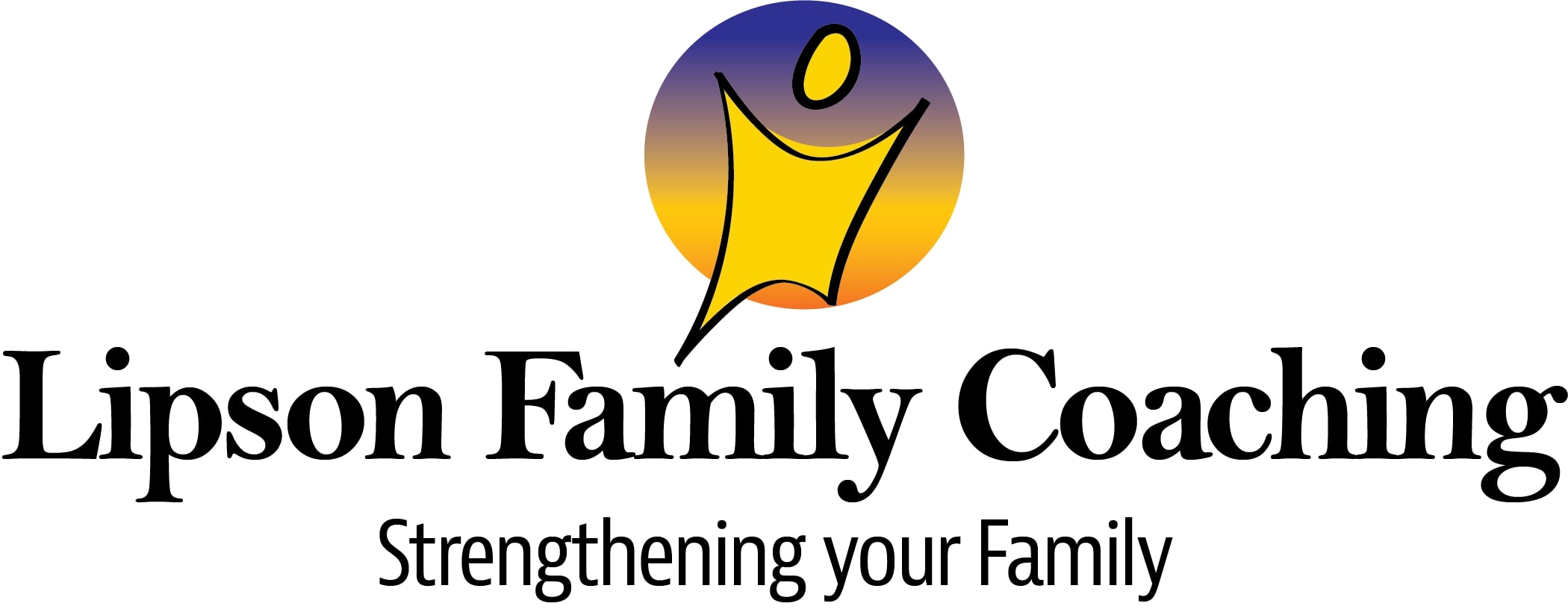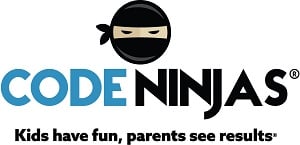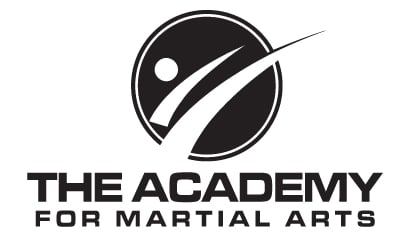Get the Best Winter Activities
Stamford JCC
1035 Newfield Ave., Stamford, CT
Daniel Servelli, director of aquatics and head swim team coach
203-322-7900
[email protected]
Swim lessons are tailored to the specific abilities of each child with special needs. For nonverbal swimmers, instruction is very visual and the instructors demonstrate swimming moves. Parents are also asked to remain close by to assist in communicating with the child f the instructor feels it would benefit the lesson. For children who have issues with overstimulation, more breaks are built into each lesson to promote calmness and focus. For children who have physical disabilities, the lessons are focused on strengthening weaknesses to support the body in the water.
Snack* Swim Program
Jackie Ceonzo, founder and executive director
316 E. 53rd Street, Midtown East
212-439-9996
[email protected]
Swim lessons are adapted from the Red Cross Safety Training for Swim Coaches protocol to meet the needs of a child with special needs. Lessons are one-on-one with certified swim coaches and instructors that have been privately trained to instruct children with special needs. For non-verbal swimmers, instructors use visual modeling to show the student what to do. Instructors are patient with swimmers who have ADD/ADHD as well as challenging behavioral issues, such as kids prone to tantrums or not following direction. The program is welcoming to all children on the spectrum.
92Y Special Needs Program for Children
1395 Lexington Ave., Upper East Side
Lane Wineski, director of aquatics
212-415-5718
Offers group and private swimming lessons to children with disabilities. Instructors provide support, hints, and cues to swimmers that can be verbal or illustrative. Basic water skills such as breathing, maneuvering underwater, and flotation are mastered prior to teaching various strokes.
Take Me to the Water Swim School
Locations in Manhattan, Brooklyn, Queens, Westchester, and New Jersey
212-371-9500
[email protected]
Services a lot of camps for children with special needs. Believes that kids with special needs aren’t different, they just need to be taught differently. Generally, teaches special needs kids that they can float in the water. When they’re on their stomach, they naturally go into a vertical position. If they can lie on their back, they can spread their arms and legs they can float. That’s the best thing to teach someone that often has learning disabilities.





